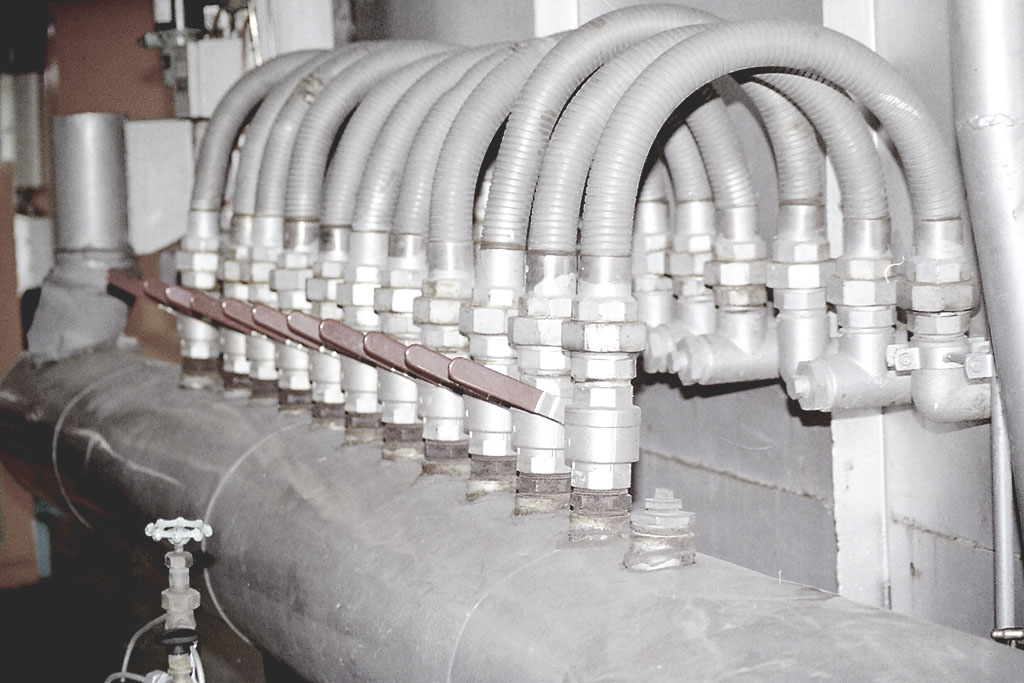CASE STUDY
Wood Fired Boiler | High Particulate Emissions
| PLANT LOCATION | Asia |
| FACILITY DESCRIPTION | Wood Processing Facility |
| BOILER TYPE | Bi Drum |
| BOILER CAPACITY | 65,000 [lbm/hr] |
| STEAM CONDITIONS | 600 [psi] @ Sat[°F] |
Conditions:
A medium pressure wood waste fired boiler was experiencing major combustion problems. The plant was producing compressed wood sheeting and door panels, using processed wood fibers. The boiler was fired on various process waste streams including saw dust. The boiler produced 65,000 [lbm/hr] of 600 psi saturated steam which was predominantly used by the process for stripping fibre from the wood.
Being an older boiler, it was fitted with a very basic cyclonic dust collector and imposed with a relatively generous statutory particulate emission limit of 250 mg/Nm3 (corrected to 12% CO2 by Volume Dry). Its emissions were notably higher than the other boiler on the site which was newer and fitted with a more effective baghouse dust collector.
Over a period of time the boiler emissions became notably worse, both with respect to observation and emission (isokinetic) testing results. Design Boiler was engaged to investigate the problem and determine a cost-effective solution.
One simple solution to address the problem was to replace the antiquated dust collector with a modern baghouse. However, the plant owners had experienced baghouse fires in a unit fitted to the other boiler and they wanted to retain the cyclonic dust collection system which they perceived would be safer than a modern baghouse. This solution also ignored the fact that the particulate emissions had increased for no obvious reason, as following a rigorous inspection by a Design Boiler Engineer, the dust collector had been found to be in reasonably good condition and therefore its performance was unlikely to be the cause of the high emissions.
It was decided to subject the boiler to a series of boiler performance tests in conjunction with (isokinetic) emission sampling of the smoke stack which is located after the dust collector. Subsequent analysis of the test data which was also supported by observation, identified poor combustion as the prime cause of the relatively high emission levels.
The poor combustion was producing unburnt carryover particles which generated a high dust burden for the dust collector that was greater than its design capability. The problem was particularly pronounced at low loads which occurred frequently due to the varied nature of the production process and its associated demand for steam.
The solution to the combustion problem involved upgrading the secondary air system by installing a new secondary air fan and providing additional rows of low load nozzles above the fuel bed. The automation associated with the combustion control system was also upgraded. These modifications were dramatically successful. Shortly after the new equipment was installed the boiler was reliably able to achieve emission limits of less than 200 [mg/Nm3]. It was also able to operate more efficiently and reliably with the existing old cyclonic dust collector which did not have to be replaced with a modern baghouse filter.

